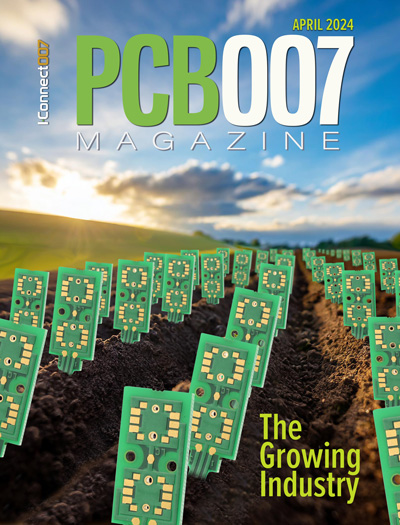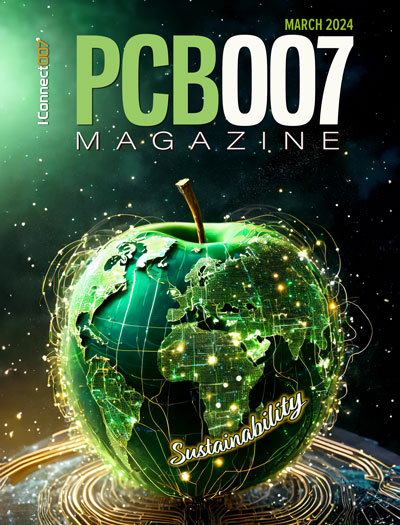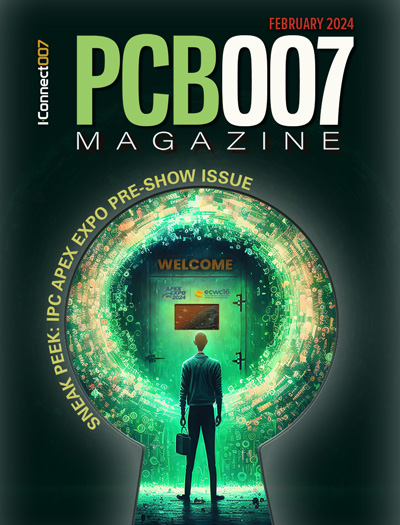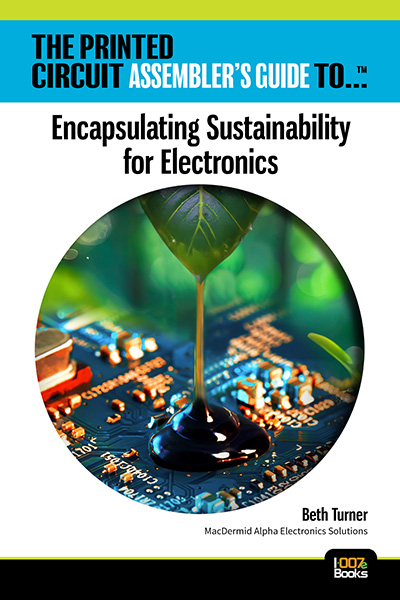-

- News
- Books
Featured Books
- pcb007 Magazine
Latest Issues
Current Issue
The Growing Industry
In this issue of PCB007 Magazine, we talk with leading economic experts, advocacy specialists in Washington, D.C., and PCB company leadership to get a well-rounded picture of what’s happening in the industry today. Don’t miss it.

The Sustainability Issue
Sustainability is one of the most widely used terms in business today, especially for electronics and manufacturing but what does it mean to you? We explore the environmental, business, and economic impacts.

The Fabricator’s Guide to IPC APEX EXPO
This issue previews many of the important events taking place at this year's show and highlights some changes and opportunities. So, buckle up. We are counting down to IPC APEX EXPO 2024.
- Articles
Article Highlights
- Columns
Search Console
- Links
- Events
||| MENU - pcb007 Magazine
Karl's Tech Talk
Column from: Karl Dietz
Dr. Dietz has over 43 years of experience in the Chemical and Electronic Industries. During his 43 years with DuPont he held a variety of managerial positions in the fields of dyestuff, pigment, and electronic materials technologies, in support of product and process development, application studies, technical customer support, training, and manufacturing technical support. Dr. Dietz is a well known expert in the area of material and process technology for printed circuit boards and substrates. He is the author of the book Dry Film Photoresist Processing Technology and he has published extensively on printed circuit board fabrication technology. He was Technical Editor of CircuiTree Magazine where he published monthly. In 2000, Dr. Dietz was named by PC FAB Magazine and ATOMIC 29 as one of the 50 most influential people in the PCB industry. In 2001 he earned DuPont Electronics' prestigious Winning Spirit award. In 2009 he received the Best Technical Paper award at the Electronic Circuits World Convention in Shanghai, China. He has been active in the PCMI (Photochemical Machining Institute) and the IPC and has contributed to the IPC National Technology Roadmap for Electronic Interconnections as well as the iNEMI Technology Roadmap. He was DuPont's representative at ITRI (Interconnect Technology Research Institute). Recently he founded Karl Dietz Consulting LLC. Dr. Dietz holds a PhD in Organic Chemistry from Frankfurt University, Germany.


